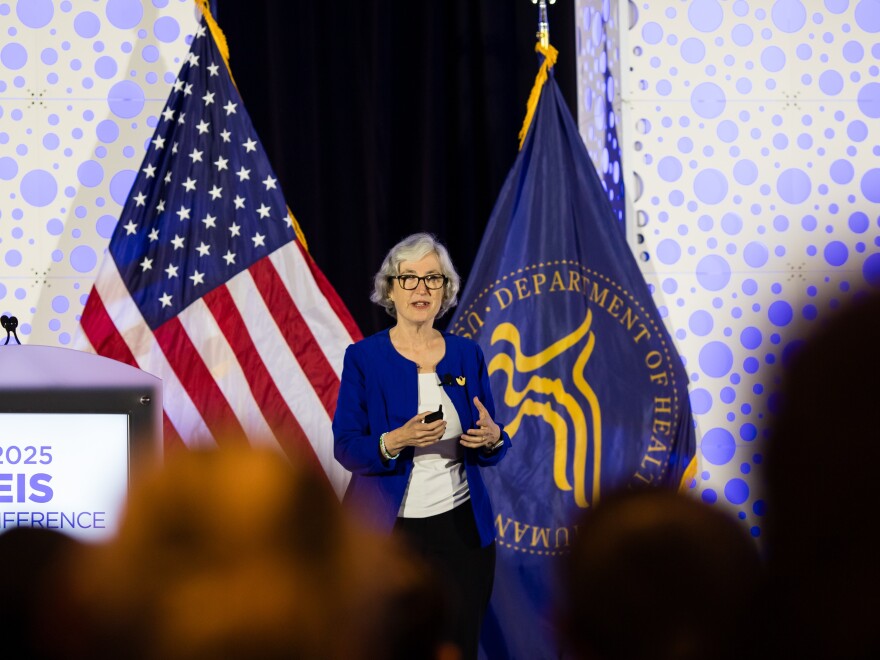FOMC Meeting: Key Highlights and Impact on the Stock Market
The Federal Open Market Committee (FOMC) meeting is a major event for global markets, economists, and investors. Each session brings vital decisions and insights that shape the economic direction of the United States. In this article, we break down the latest FOMC meeting, the Federal Reserve's policy decisions, and their immediate impact on the stock market and the broader economy.

What Happened at the Latest FOMC Meeting?
The most recent FOMC meeting concluded with the Federal Reserve holding interest rates steady. This move didn't surprise most analysts, as inflation remains a pressing concern and the economic outlook is filled with uncertainty. Jerome Powell, the Fed Chair, emphasized that the economy is running at a "solid pace," but also acknowledged rising risks due to ongoing trade tensions and global uncertainty. These concerns were echoed in the official statement, signaling caution amid potential headwinds.
Stock Market Reaction: Volatility and Opportunity
Immediately after the FOMC meeting, US stock futures dipped slightly. The Dow Jones Industrial Average, S&P 500, and Nasdaq all saw minor downturns in futures trading, reflecting investor caution (read more on Yahoo Finance). Despite these initial jitters, the major indexes ultimately climbed higher later in the trading day. Wall Street’s rebound was attributed to optimism around renewed trade talks between the US and China and hopes for easing tensions in the ongoing trade war (detailed coverage in the Los Angeles Times).
Economic Risks and Policy Outlook
Rising risks remain front and center after the FOMC meeting. The Federal Reserve acknowledged that higher tariffs and continued uncertainty could lead to increased inflation, slower growth, and potentially higher unemployment. As Chair Powell noted, the economy could face a difficult scenario if these risks materialize. The Fed now has to balance the need for stability with the potential for stagflation, a rare but serious economic challenge where inflation rises as growth stalls. For investors and businesses, such an environment requires careful risk assessment and flexibility.
What to Watch Moving Forward
Looking ahead, markets will pay close attention to future FOMC meetings, economic data releases, and any shifts in trade policy. The Fed’s next policy decisions could be influenced by upcoming employment reports, inflation readings, and geopolitical developments. Additionally, earnings season remains a crucial factor as companies adjust forecasts based on the evolving economic landscape. For more information on the broader impact of FOMC decisions and market updates, see this Wall Street Journal overview.
Conclusion
The latest FOMC meeting reinforced the complexity of navigating today's economic challenges. While the Federal Reserve has chosen to hold rates steady, risks such as inflation and slow growth remain. Investors should stay alert to policy updates and global developments. Staying informed and adaptable will be essential as new data and FOMC signals continue to shape market volatility and economic prospects.